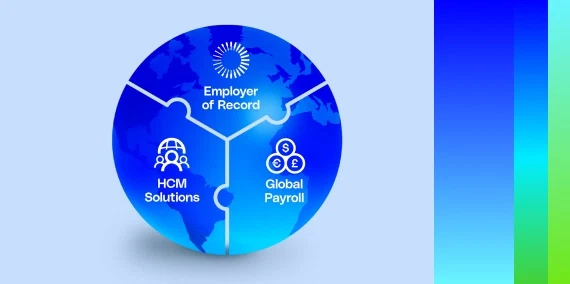Globalization Partners simplifies international business by enabling organizations to quickly expand into new countries without setting up branch offices or subsidiaries. You find the talent, and we put your team member on our locally compliant payroll.
Globalization Partners: Succeed Faster
Like many organizations now managing a remote workforce, you may be taking a deeper look at international expansion of your business to reach new markets while expanding your global footprint. International expansion can also give you access to the world’s top talent, regardless of their location. Managing a global team doesn’t have to be complicated – even during uncertain times. However, it is important to embrace a global mindset.
Diversification: Good for Revenue, and Good for Your People
This starts with diversification. Diversifying across different geographies and cultures can have a positive financial impact: Revenue goes up when you expand your sales to other countries and having diversity within your business puts the company in a better position to capture new markets. Not to mention, gaining different perspectives from around the world can help identify new ways to solve problems for your target audiences. This could come in the form of product enhancements, new revenue streams and capitalizing on competitive gaps.
However – and possibly most importantly – diversification plays a major role in how employees feel about their workplace, specifically feelings of inclusion, happiness and trust in leadership.
According to Globalization Partners’ 2020 Global Employee Survey, more diverse cultures, and those that embrace people who speak multiple languages, see better team results. 90% of the global employees who describe their companies as diverse report higher levels of happiness, inclusion and trust. In diverse companies, 78% say they trust leadership versus only 45% in non-diverse companies.
Communication is Key to Culture
Simply adding employees from different global geographies isn’t enough to establish a truly diverse workplace. It’s important to create a culture of inclusion and that offers reliable communications methods that work for everyone. Two-thirds of companies struggle at times to align with and be sensitive to local culture. According to survey respondents, the more often employees interact with international colleagues, the more likely they are to report that the company struggles with sensitivity to local culture. In fact, 55% of those who interact every day with global peers say they often experience struggles.
The good news is, there are steps you can take to quickly improve communications gaps among global employees. First, give managers support through formal and informal training, and insight into culture. This starts at the executive level: be selective about who you are hiring, find people with a global mindset and be clear about your company’s values.
It’s also important to have clear and easy-to-use communications channels within your organization. Prioritizing video calls through platforms like Zoom can be one of the best ways to form connections across cultures. Using instant messaging platforms like Slack can be a great way for employees to form relationships with each other through informal sharing, engagement and participation.
Right now, the majority of employees across the globe are working remotely. Though this will inevitably change as physical workplaces start to reopen in phases, remote working will remain commonplace. It’s important to have a pulse on how remote working impacts your employees. According to our survey, remote employees have a more pessimistic view of their relationship with headquarters, are less likely to feel listened to and are less likely to say they’re engaged at work.
How can you solve for these remote-working challenges? When it comes to managing a global workforce, it’s important to not just put your culture out there. Instead, invite the culture in. You can accomplish this through hiring people with shared values, but also through things like optional social events, philanthropic initiatives and acknowledgement of global holidays.
Are you ready to embrace a diverse, effective and inclusive global mindset for your organization? Follow these easy tips:
1. Keep communication technology consistent for all employees.
2. Use video conferencing whenever possible.
3. Be sensitive to time zones.
4. Take the time to learn about the cultures of your global employees.
Ready to learn more? Listen to the webinar, The Top Four Challenges to Building an Effective Global Team: How HR Professionals Can Make an Impact, and download the 2020 Global Employee Survey now.







